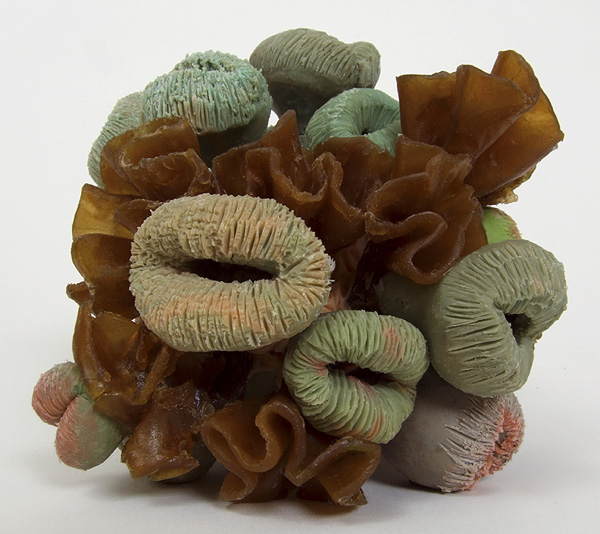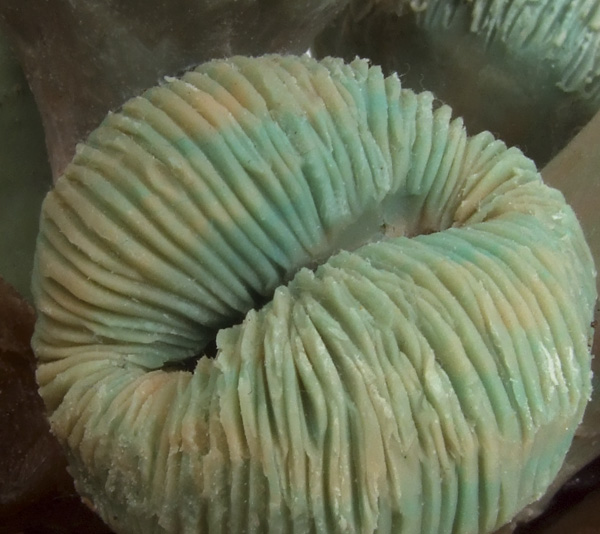fussloser meeres-nurkopf
footless marine only-head


im meereswasser und an küsten lebende form von caput apodum. körper wie caput apodum semisedentarium. auch bei caput apodum marinum ist jeder der kleinen köpfe mit grossem farb- und formenreichtum individuell geformt und gefärbt. die organismen pendeln zwischen einem leben im salz- und süsswasser. beim wechsel des habitats wird das osmoregulatorische system über hormonale steuerung total umgestellt. ungeschlechtliche fortpflanzung findet durch knospung oder sprossung statt. dabei spriessen noch wenig differenzierte zellgruppen in bodennähe aus und bilden den keim für ein neues exemplar. erst ab einem alter von 90 jahren findet die entwicklung der geschlechtszellen statt. dabei reifen die beiden geschlechter im selben organismus zeitlich gegeneinander versetzt (konsekutiv-zwitter).
variations of caput apodum live in sea water and on shores. body like caput apodum semisedentarium. each of caput apodum marinum’s little heads is also individually shaped and colored with great variety. the organisms switch between a life in saltwater and freshwater. when changing the habitat, the osmo-regulatory system is completely converted through hormonal regulation. agamous reproduction takes place through budding or sprouting. in this process, still sparsely differentiated cell groups sprout out close to the ground and form the seed for a new individual. the development of the genital cells does not take place before the age of 90 years. in the process, both sexes develop in the same organism with a temporal delay (consecutive hermaphrodite).

